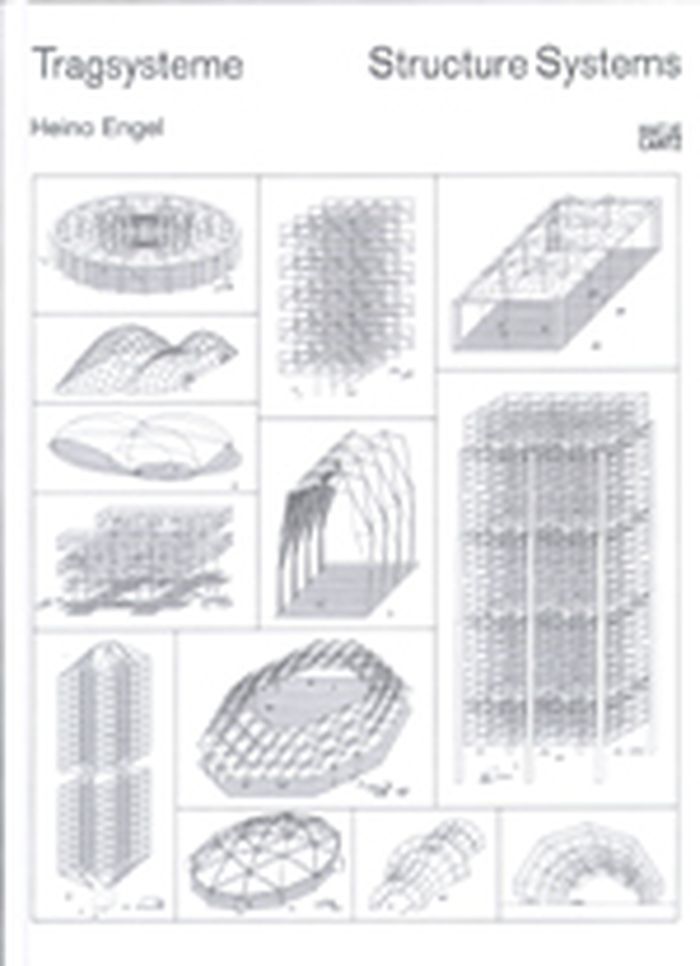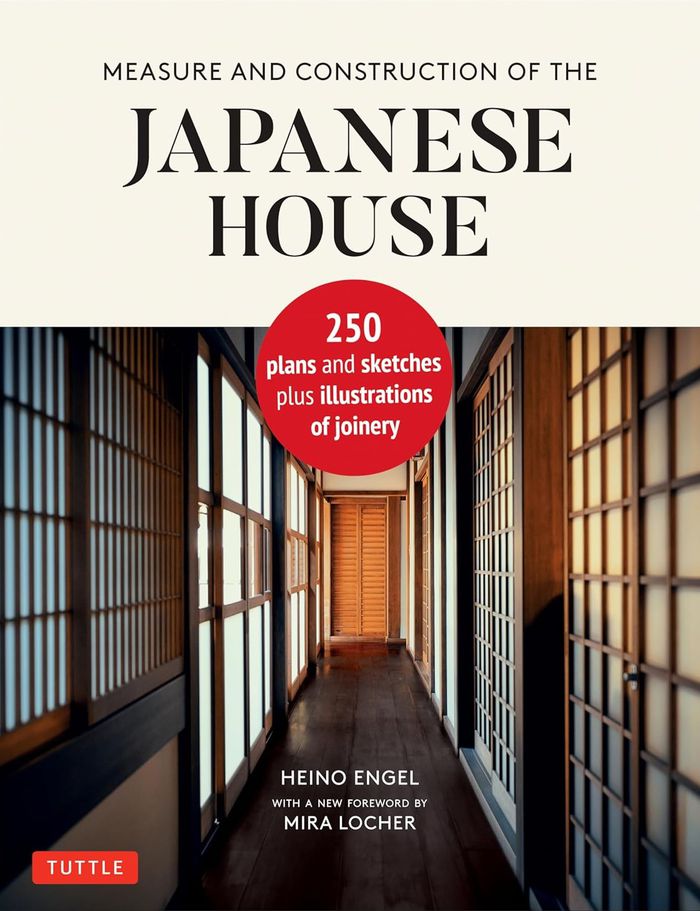Structure systems
$72.00
(disponible sur commande)
Résumé:
Back in print--the standard work on Heino Engel's structure systems. The hundreds of drawings and photographs reproduced in this hardback volume offer almost endless variations on the many structural systems that can keep buildings together: within a few pages of one another, tents, domes and cubes are shown supported by poles, cables, ribs, rafters and beams. Engel's(...)
Structure systems
Actions:
Prix:
$72.00
(disponible sur commande)
Résumé:
Back in print--the standard work on Heino Engel's structure systems. The hundreds of drawings and photographs reproduced in this hardback volume offer almost endless variations on the many structural systems that can keep buildings together: within a few pages of one another, tents, domes and cubes are shown supported by poles, cables, ribs, rafters and beams. Engel's presentation and explanation of this highly complex material differs fundamentally from others' work on the subject in that he focuses entirely upon the functions and design effects of these mechanisms, without regard for technical details: More than an engineering text, this is a catalogue of ideas and forms for architects and dreamers, a David Macaulay book for adults. Structure Systems skips over more commonly treated special designs and completed buildings for typical, representative and surprising shapes. As a reference work or daydream material, it is an indispensable repertoire of forms.
Structures d’ingénierie
$22.95
(disponible sur commande)
Résumé:
The fundamental topics under consideration in this book are the Japanese ordering of space and form, the flexible arrangement of partitions and room functions in a Japanese home, and the general integrative quality of traditional Japanese architecture. The author describes in detail— with abundant architectural plans and drawings— the influence of body anatomy on(...)
Measure and construction of the Japanese house
Actions:
Prix:
$22.95
(disponible sur commande)
Résumé:
The fundamental topics under consideration in this book are the Japanese ordering of space and form, the flexible arrangement of partitions and room functions in a Japanese home, and the general integrative quality of traditional Japanese architecture. The author describes in detail— with abundant architectural plans and drawings— the influence of body anatomy on traditional Japanese units of measurment and house construction. The layout, framework and methods of space control (shoji, fusuma, etc.), the shutters and doors used in the house, and many other topics are given comprehensive treatment. With a new foreword by architect and professor Mira Locher, Fellow of the American Institute of Architects, this updated hardcover edition brings this popular work to modern readers— in hopes that they may find ideas to adopt into their own home.

